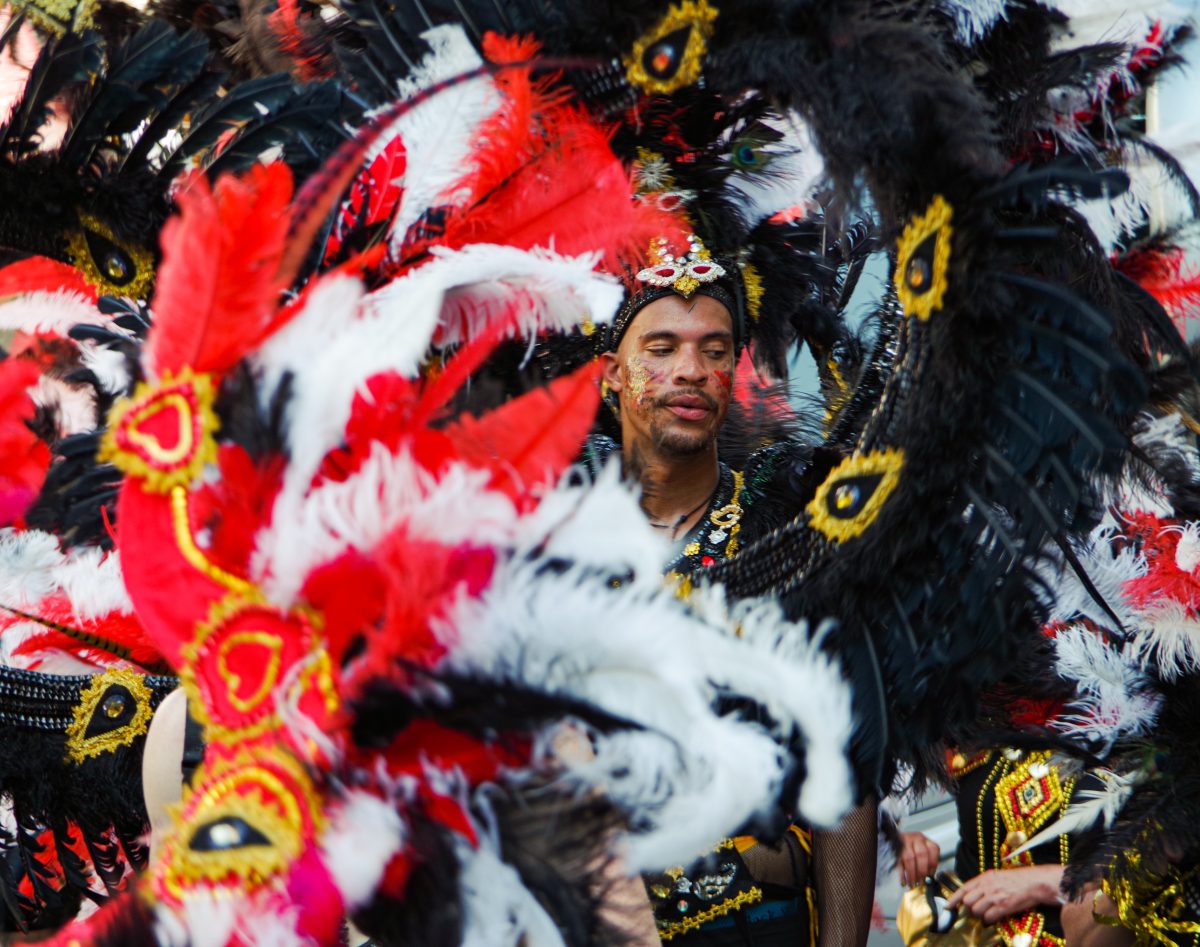October marks an annual, month-long celebration of black history, its culture and its impact on our nation. Black History Month in the UK was established in 1987 – on the 150th anniversary of Caribbean emancipation – and raises awareness of important names and events in the history of people of African and Caribbean descent.
Honouring the countless accomplishments of black Britons, this month, our catering units at Newcastle University are celebrating what it stands for through the universal language of food and dedicating a week of our Street Kitchen to serving an African and Caribbean-inspired menu.
To mark this occasion, we’re sharing 8 interesting facts about black history in Britain, below:
- A group of African soldiers called the Aurelian Moors defended Hadrian’s Wall during Roman times.
- Tudor king Henry VIII employed a black trumpeter called John Blanke.
- Black people in Britain, including Olaudah Equiano, were some of the leading campaigners for the abolition of the slave trade.
- In 1833 the government paid £20 million to 46,000 British slave owners to “compensate” the owners for their “loss of property”, but not a penny was given to the former slaves.
- In response to the Notting Hill riots of 1958, Claudia Jones launched an indoor Caribbean carnival in St Pancras in 1959 to bring people. It was finally taken to the streets of Notting Hill in 1965. Five decades later, Notting Hill Carnival is second only in size to Brazil’s Rio carnival.
- When 18-year-old Guy Bailey was turned away from a job interview at the state-owned Bristol Omnibus Company because he was black, members of the community led a boycott of the buses in protest in 1963. After four months, the bus company relented – marking a significant step towards the UK’s first laws against racial discrimination.
- It was only in 1976 that the Race Relations Act, which banned discrimination in public places based on a person’s colour, became law.
- The ‘Ivory Bangle Lady’ was a middle-class woman of black African ancestry and is recognised as one of the wealthiest inhabitants of fourth century Roman York – challenging the assumption that Africans in Britain at the time were not wealthy and were likely to have been slaves.. Discovered in 1901, her grave goods included; jewellery made of African elephant ivory, a glass mirror and a blue glass jug.
